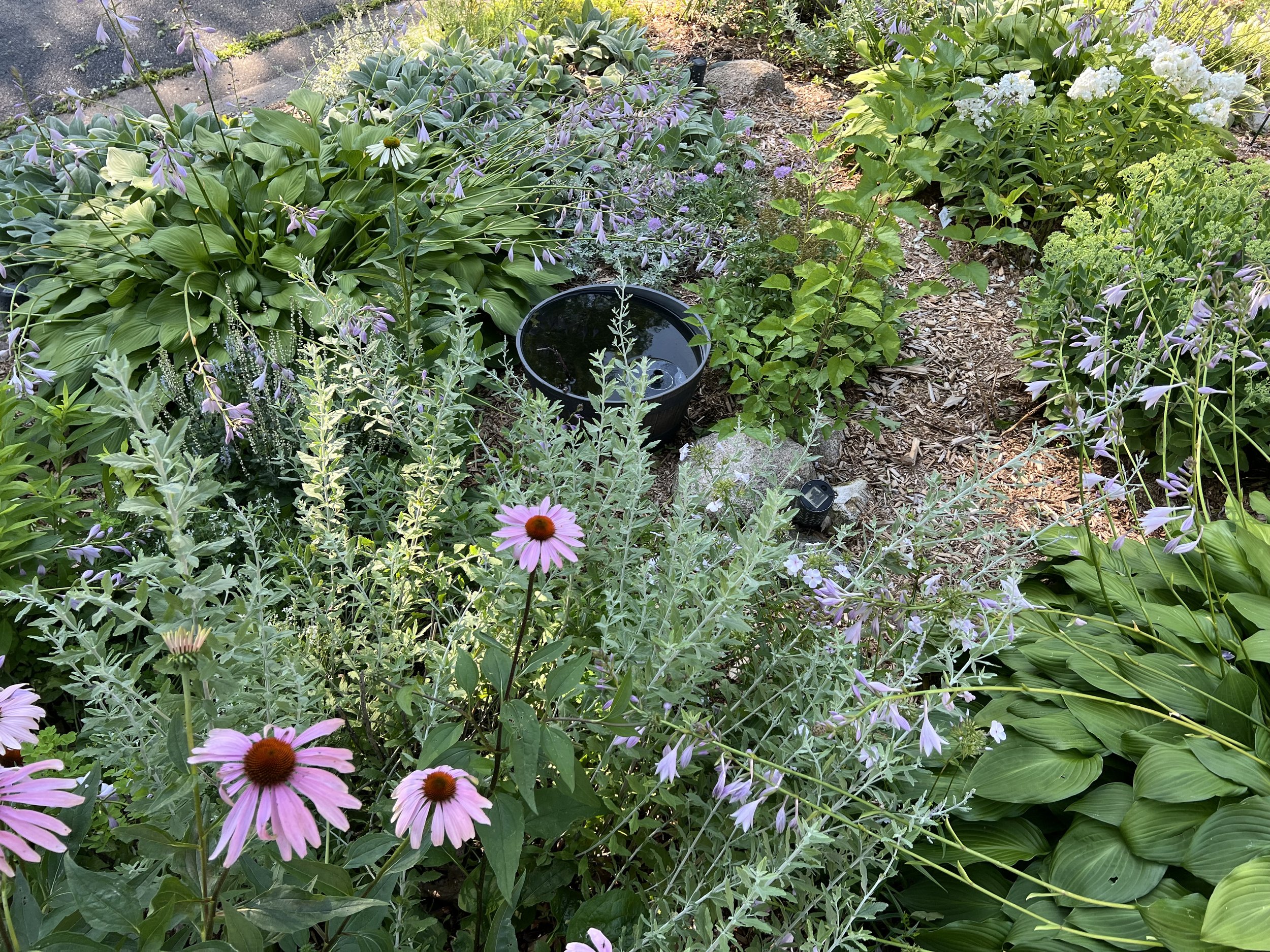Tiny Gardens Can Make a Big Impact
Tiny doesn’t mean insignificant. It means rooted, resilient, and ready.
There’s a quiet revolution happening in backyards, side lots, and patios across the world. It doesn’t shout or hustle. It grows slowly. Layer by layer, leaf by leaf. It’s the movement of small but mighty gardens — and they’re changing the way we think about sustainability, food, and our connection to nature.
Tiny doesn’t mean limited.
At Tiny Forest Farm, we believe in the transformative power of small-scale growing. A tiny food forest — even in a suburban yard or urban corner — can provide food, shelter pollinators, restore soil health, capture carbon, and bring deep joy to those who tend it.
In permaculture, we call this stacking functions — every element of a system doing more than one job. A berry bush is food, habitat, medicine, and beauty. A rain garden slows water runoff, filters it, and provides a haven for frogs and bees. When your space is well designed, small becomes abundant.
You don’t need a farm to grow a forest.
A common misconception is that you need acreage to make a difference. But nature teaches us otherwise. Native plantings can thrive in small urban plots, backyard patio pots, and as any urban dweller knows… even between the cracks of concrete.
We take that same spirit and apply it to edible landscapes. What happens when your yard mimics the structure of a forest? When your garden becomes a self-sustaining system that feeds both you and the land?
The answer is magic. And also — resilience.
A garden is more than food. It’s a system of care.
When you grow a tiny forest — especially a food forest — you’re tending more than vegetables or shrubs. You’re creating a connected system. Plants that support each other. Soil life that thrives. Bees that return year after year. And people who begin to see the land differently.
In a time of climate uncertainty and fast-paced living, this kind of stewardship matters more than ever. It’s a form of active hope — a daily practice that helps restore balance at a time when we need it most.
What starts small grows wide.
One of the most beautiful things about small gardens is how contagious they are. A neighbor sees your front yard transformation and starts pulling up their lawn. A child snacks on currants from your bush and plants seeds of their own. A community garden models a better way forward for the block.
Systems thinking tells us that the health of the whole begins with the health of the smallest parts. That’s why we believe tiny forests — and tiny farms — are one of the smartest ways to grow a better future.
Ready to start your own tiny forest?
Whether you have a backyard, a boulevard, or a few pots on a sunny deck, we can help you design something beautiful and beneficial.


